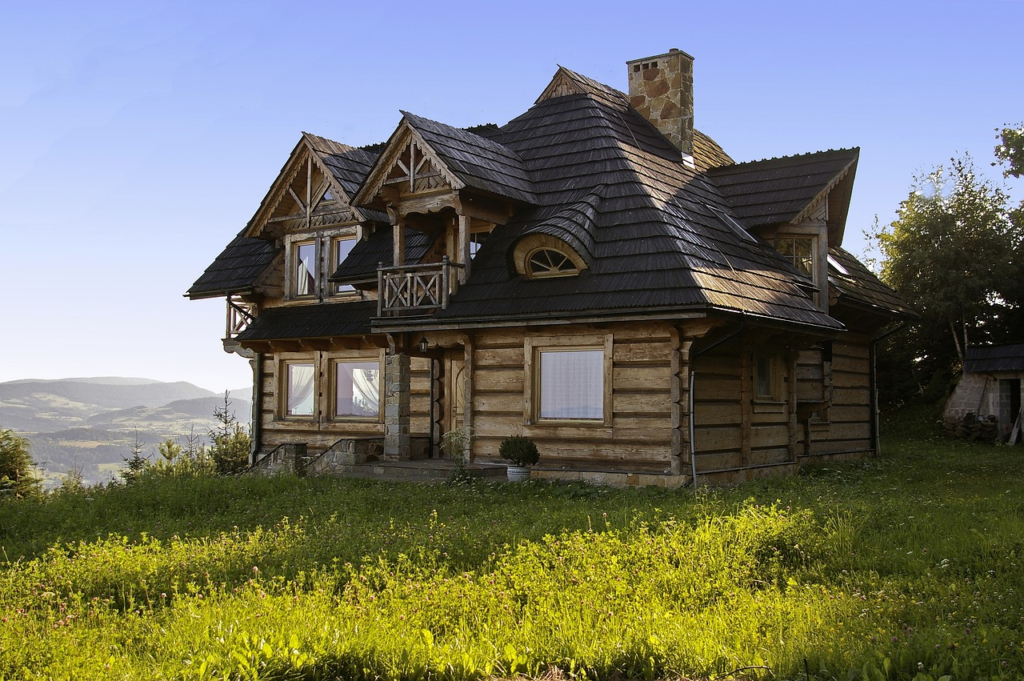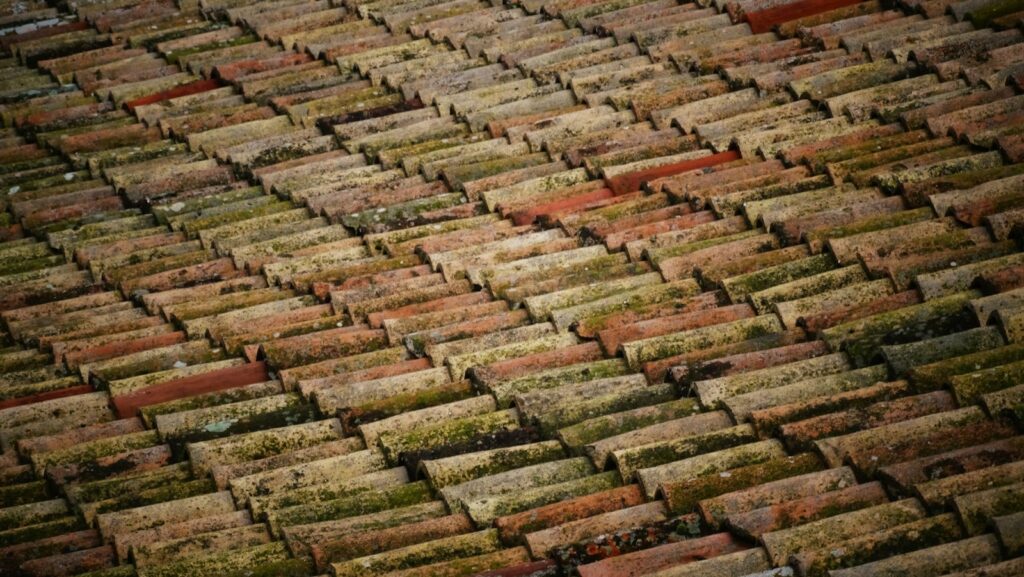As you embark on your journey to support green building initiatives, choosing quality wood products is essential. Not only do these materials enhance the aesthetic appeal of your projects, but they also play a crucial role in sustainability. Discover how selecting responsibly sourced wood can contribute to eco-friendly construction while creating beautiful, lasting structures that benefit both you and the environment.
Structural Integrity
Quality wood products are vital to enhancing the structural integrity of green building projects. When sourced from sustainably managed forests, these premium-grade wood products not only align with eco-friendly practices but also provide strength and durability. Engineered wood products, such as laminated veneer lumber and cross-laminated timber, offer reliable load-bearing capabilities, allowing architects and builders to design innovative structures with fewer resources. These materials are lightweight yet robust, making them ideal for a variety of applications, from residential homes to commercial buildings.
Furthermore, quality wood can withstand environmental stresses, reducing the need for frequent repairs or replacements, which contributes to the overall longevity of the structure. By integrating quality wood into construction, builders can ensure safe, resilient designs that meet both performance requirements and sustainability goals, resulting in green buildings that stand the test of time.
Carbon Sequestration
Quality wood products significantly enhance green building projects through their ability to sequester carbon. Trees absorb carbon dioxide from the atmosphere during photosynthesis, storing carbon in their biomass. When sustainably sourced wood is used in construction, this stored carbon remains locked within the structure, effectively reducing the overall carbon footprint of the building.
Moreover, opting for wood materials over more carbon-intensive alternatives, such as concrete or steel, further contributes to lower greenhouse gas emissions in the construction process. As long as these wood products are maintained and not burned or discarded, they continue to serve as carbon sinks throughout their lifespan. By incorporating quality wood into building designs, architects and builders actively support climate change mitigation while creating environmentally conscious structures that benefit both the planet and future generations.
Sustainable Resources
Modern construction practices insist on using various sustainable resources during their projects because it reduces the negative impacts on the environment. Here are some you can implement:
- Recycled materials
- Bamboo
- Cork
- Recycled metal
- Sustainable wood
- Low-VOC paints and finishes
- Green roofs and living walls
- Solar panels
- Rainwater harvesting system
- High-efficiency insulation
- Permeable pavements
- Geothermal systems
Responsibly sourced wood reduces the demand for less eco-friendly materials, promoting a circular economy. It can be combined with other sustainable resources, such as recycled materials or low-VOC finishes, to create healthier living environments. Also, wood’s renewability and biodegradability further contribute to sustainable practices, ensuring that buildings are both aesthetically pleasing and environmentally responsible.
Energy Efficiency
The natural insulating properties of quality wood products help to maintain stable indoor temperatures, reducing the reliance on artificial heating and cooling systems. This thermal performance decreases energy consumption, leading to lower utility bills and a reduced environmental impact. Plus, many engineered wood products, such as cross-laminated timber, offer superior insulation values compared to traditional building materials.
By using quality wood, builders can create designs that promote passive solar strategies, further optimizing energy use. Incorporating these sustainable materials not only aids in energy conservation but also contributes to overall occupant comfort, creating spaces that are both efficient and inviting. This holistic approach underscores the pivotal role of wood in sustainable architecture.
Low Embodied Energy
Low embodied energy refers to the total energy consumed in the production, processing, and transportation of building materials. Wood typically requires less energy to harvest and manufacture compared to alternatives like concrete or steel, resulting in lower overall carbon emissions during the construction process. This natural energy efficiency is largely due to wood’s renewability and the sustainable forestry practices employed in sourcing it.
By integrating wood into building designs, architects and builders can achieve higher performance with reduced energy inputs, further aligning their projects with sustainability goals. Consequently, utilizing quality wood not only benefits the environment but also leads to more efficient and responsible construction practices.
Aesthetic and Health Benefits
Quality wood products add natural warmth and beauty to structures, creating inviting and aesthetically pleasing environments. The unique textures and patterns of wood can add character to both interior and exterior spaces, fostering a connection with nature that promotes well-being. From a health perspective, wood has been shown to improve indoor air quality by regulating humidity and reducing dust.
Further, using low-VOC finishes and sustainably sourced wood ensures that harmful chemicals are minimized, contributing to healthier living spaces. This blend of visual appeal and health benefits not only elevates the overall design but also supports occupant comfort and well-being, making quality wood an essential component in sustainable architecture.
Incorporating quality wood products into your building projects not only enhances aesthetic appeal but also promotes sustainability and health. By choosing responsibly sourced materials, you contribute to a healthier environment, lower energy consumption, and improved indoor air quality. Embrace the beauty and benefits of quality wood, and make a lasting impact on both your projects and the planet.






